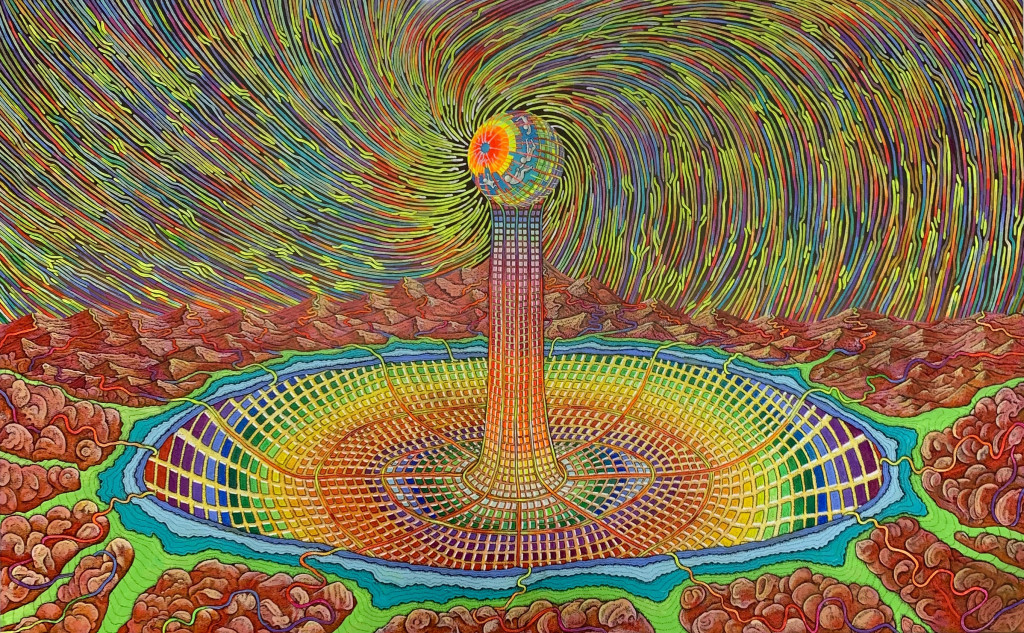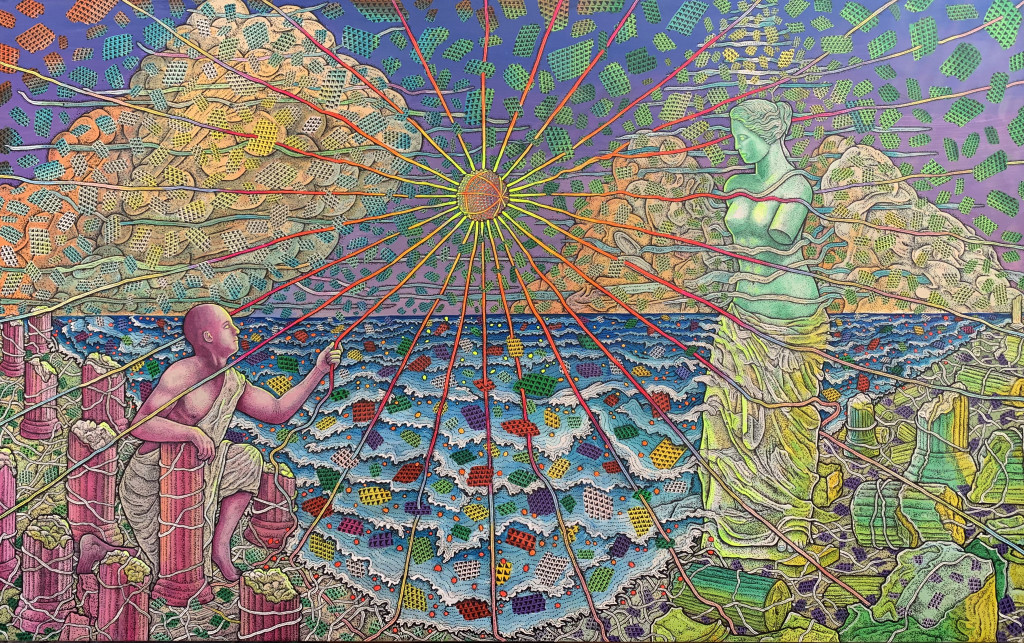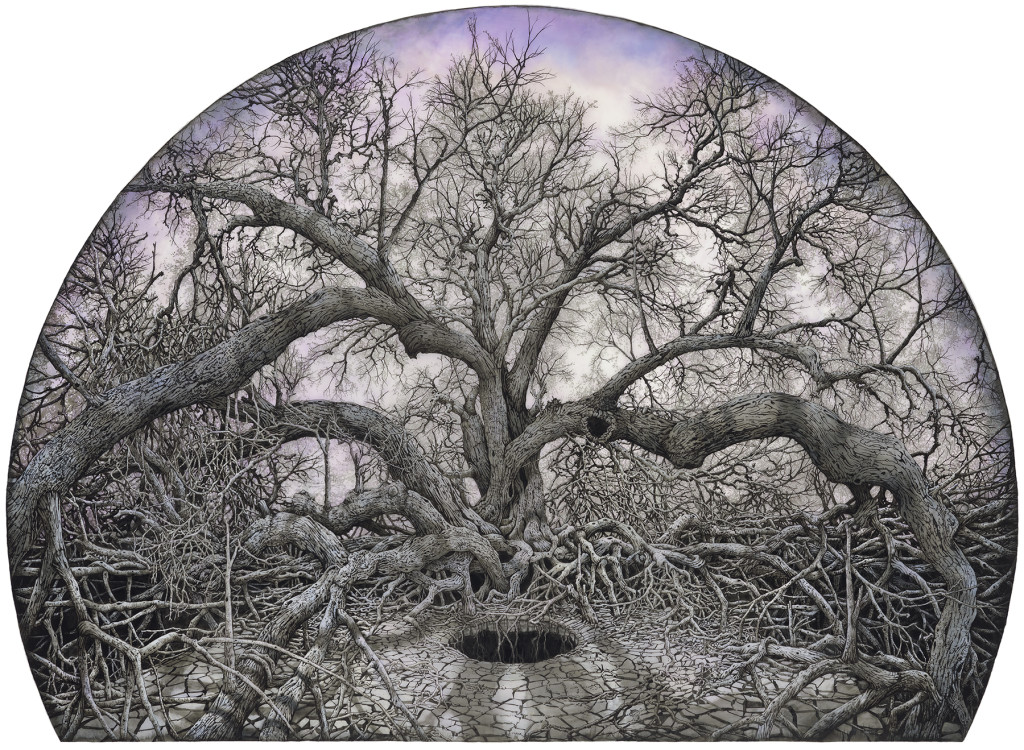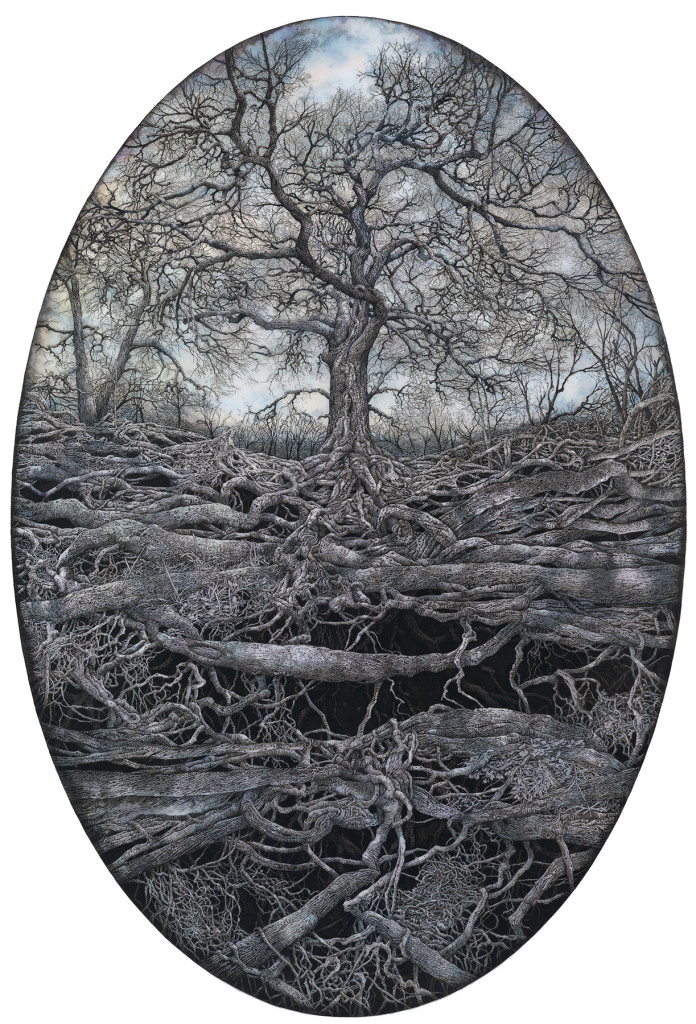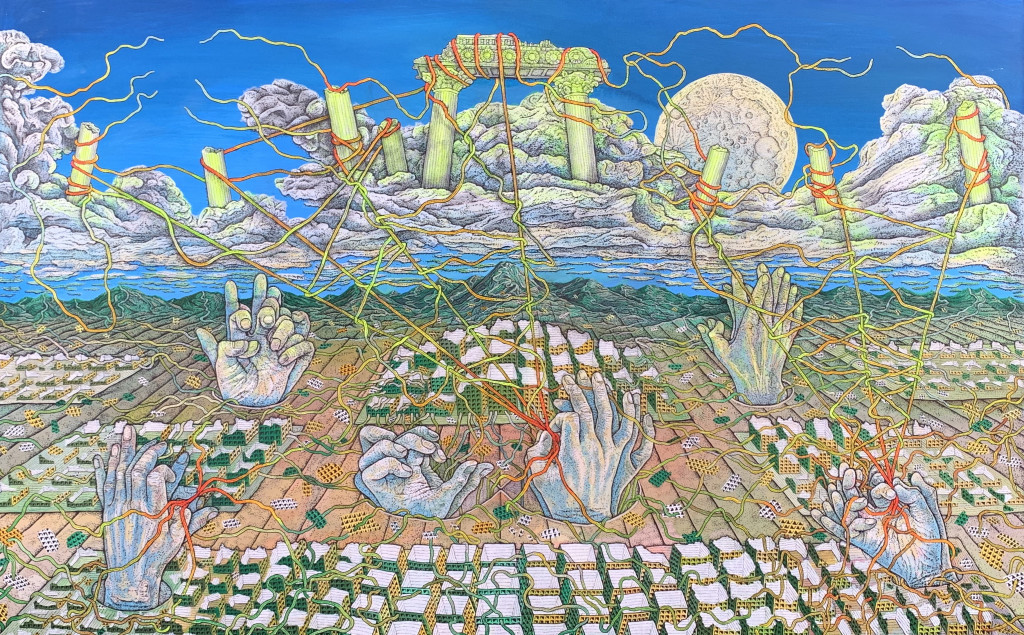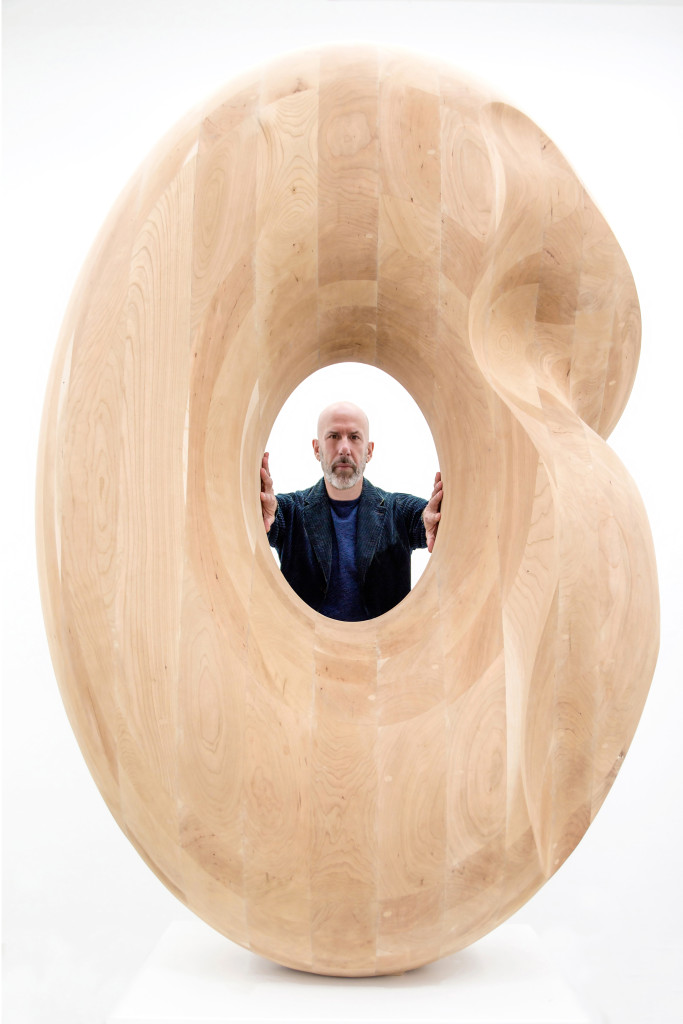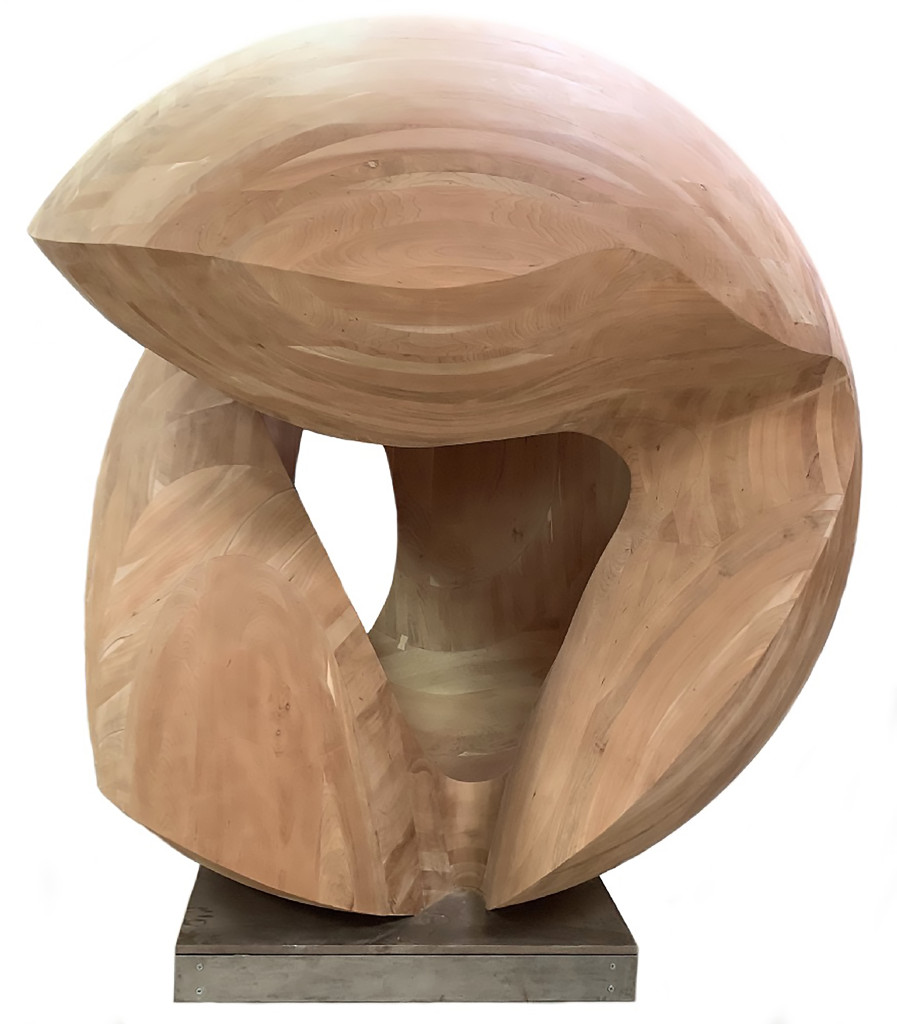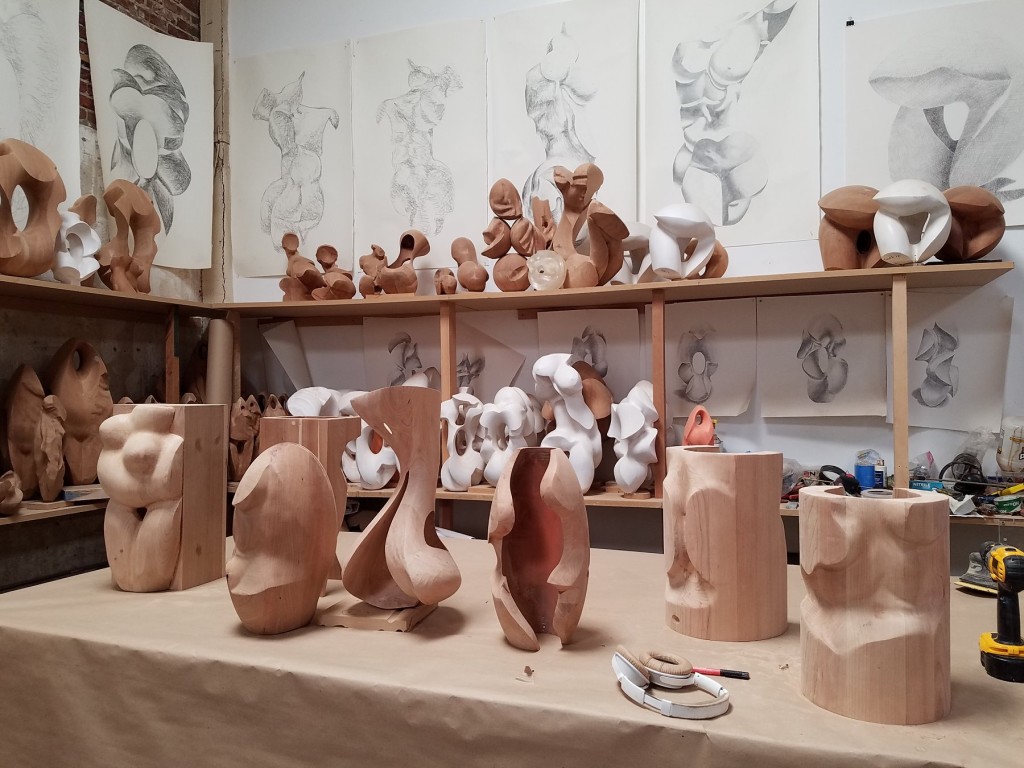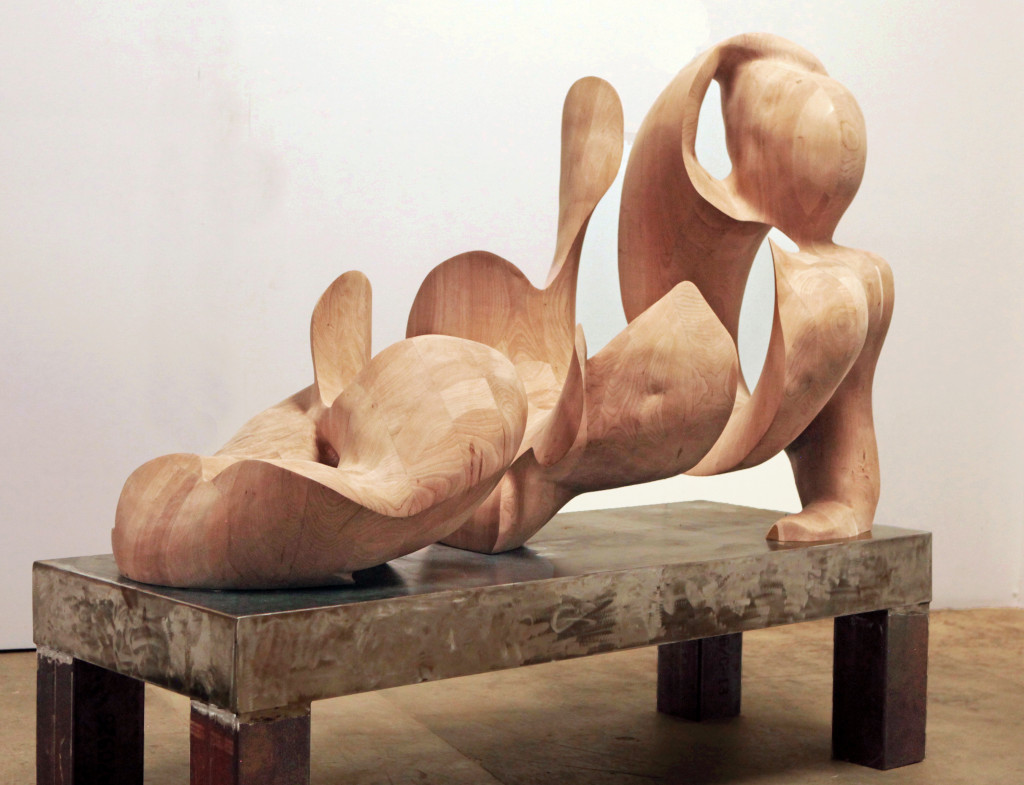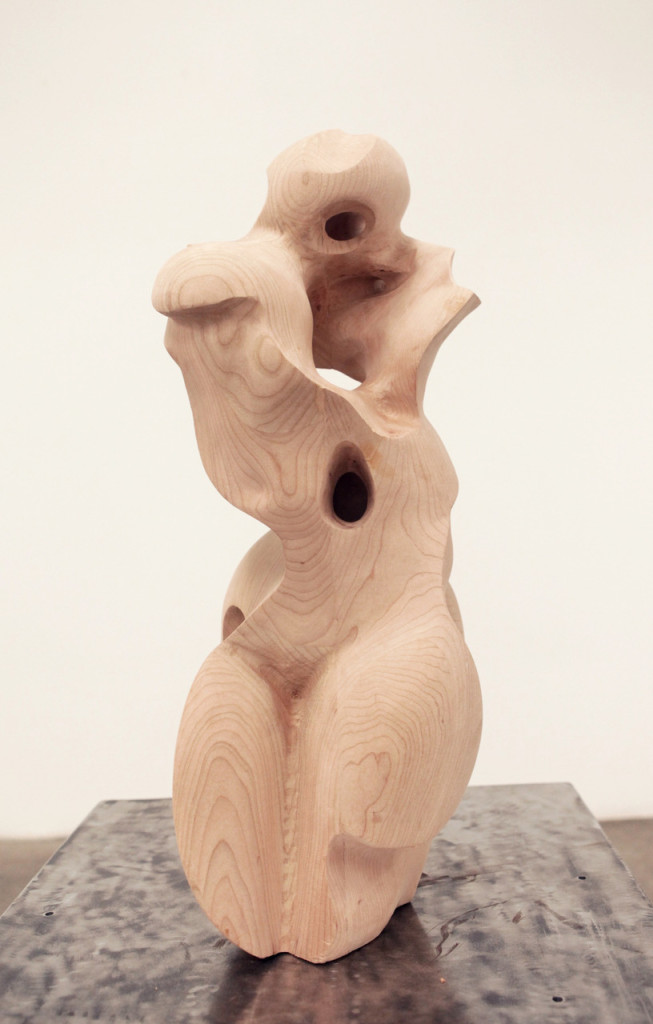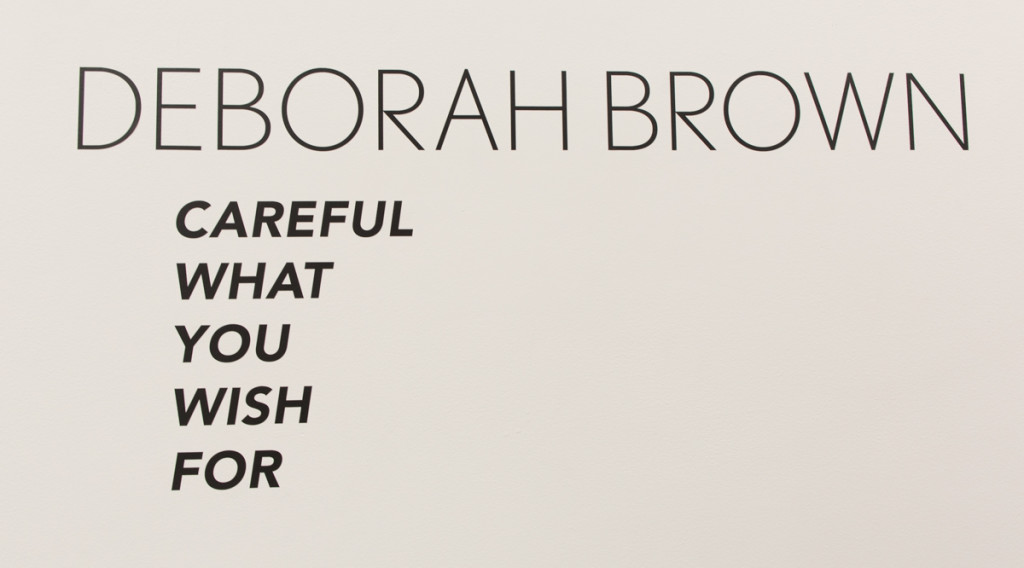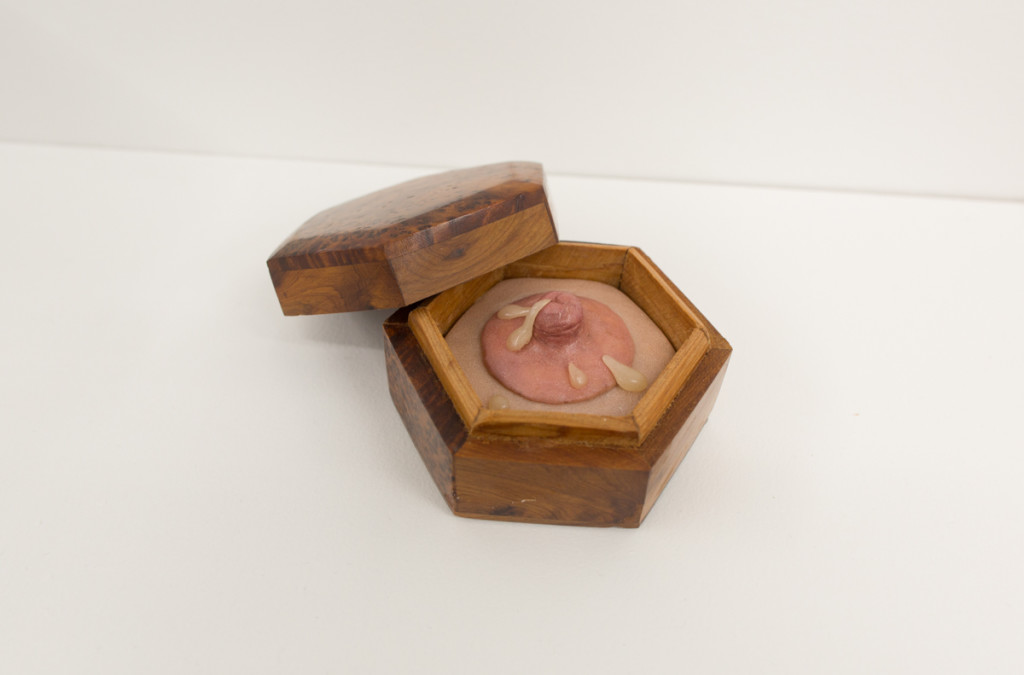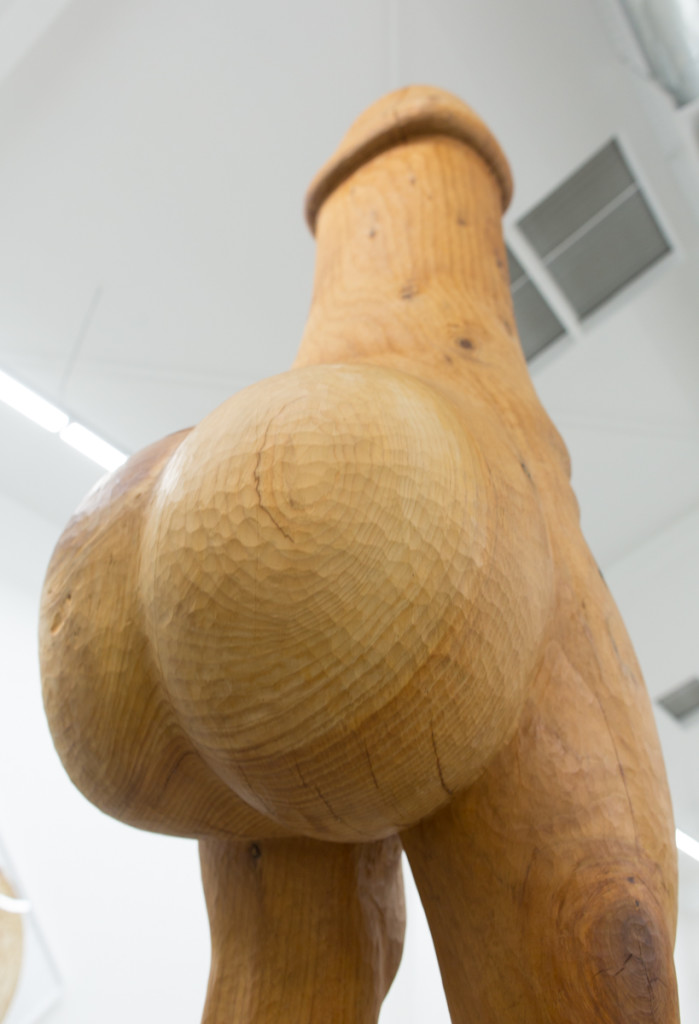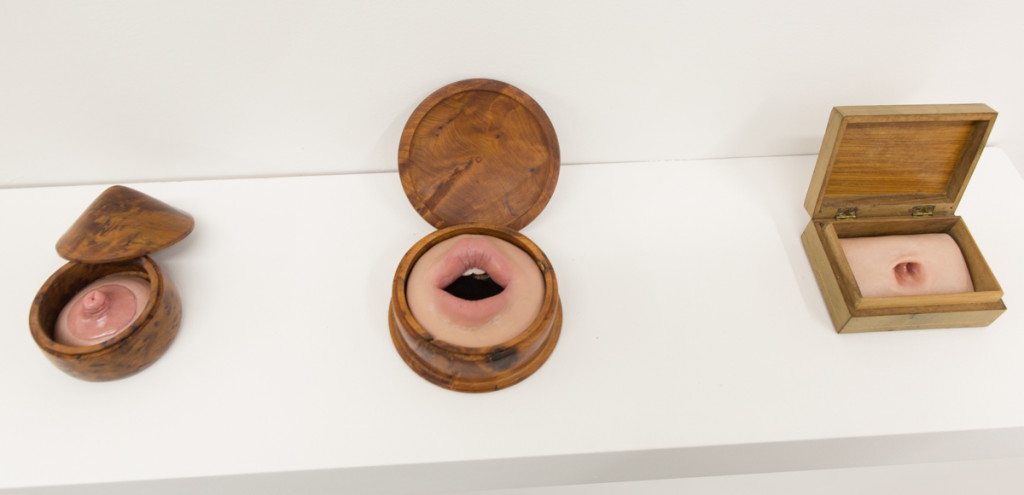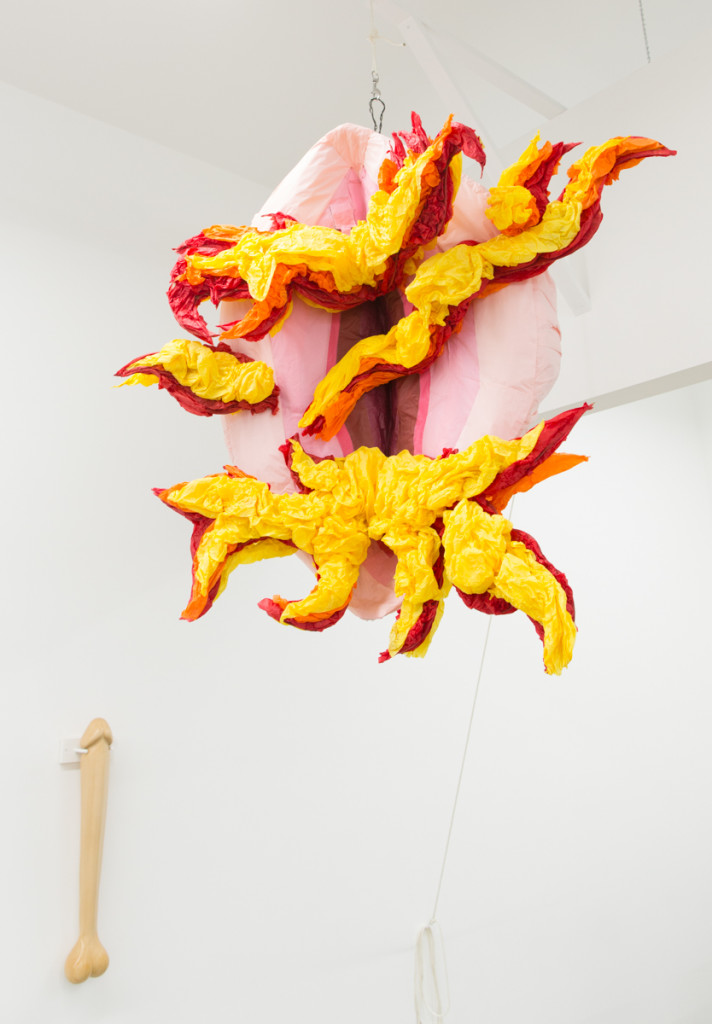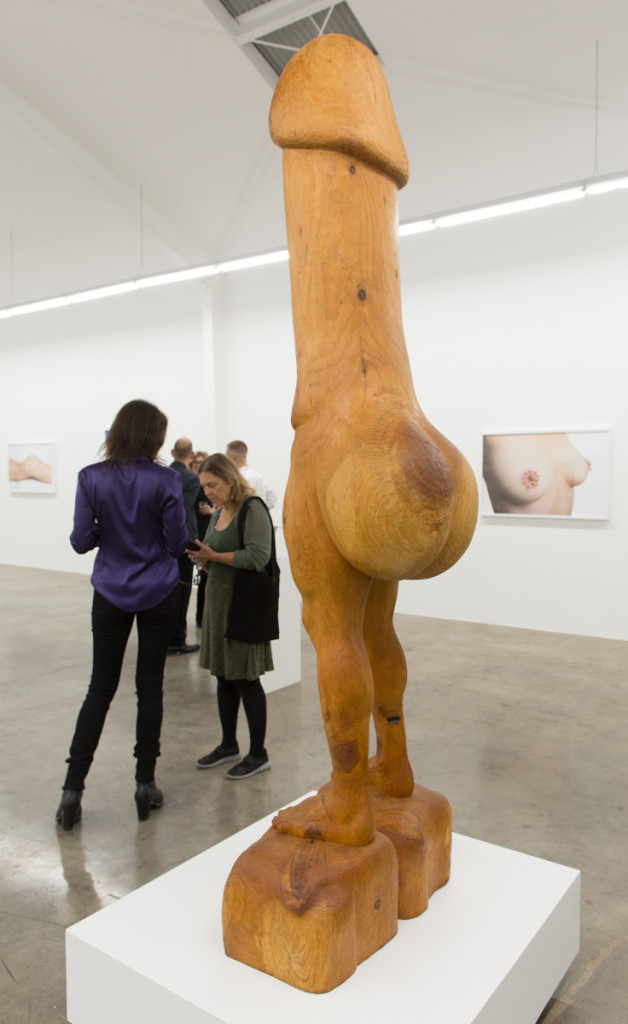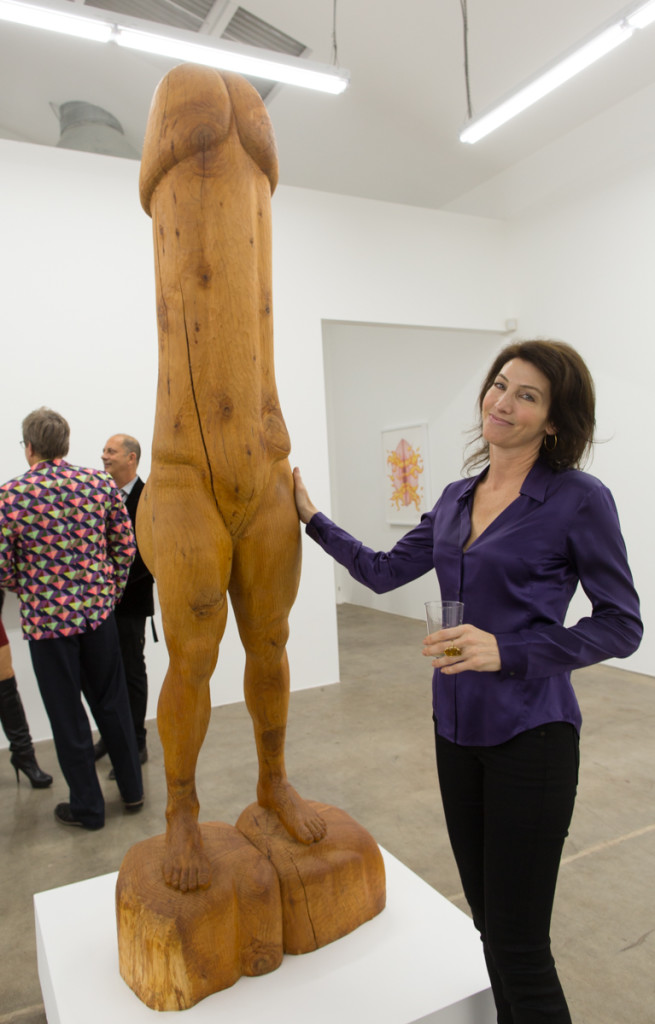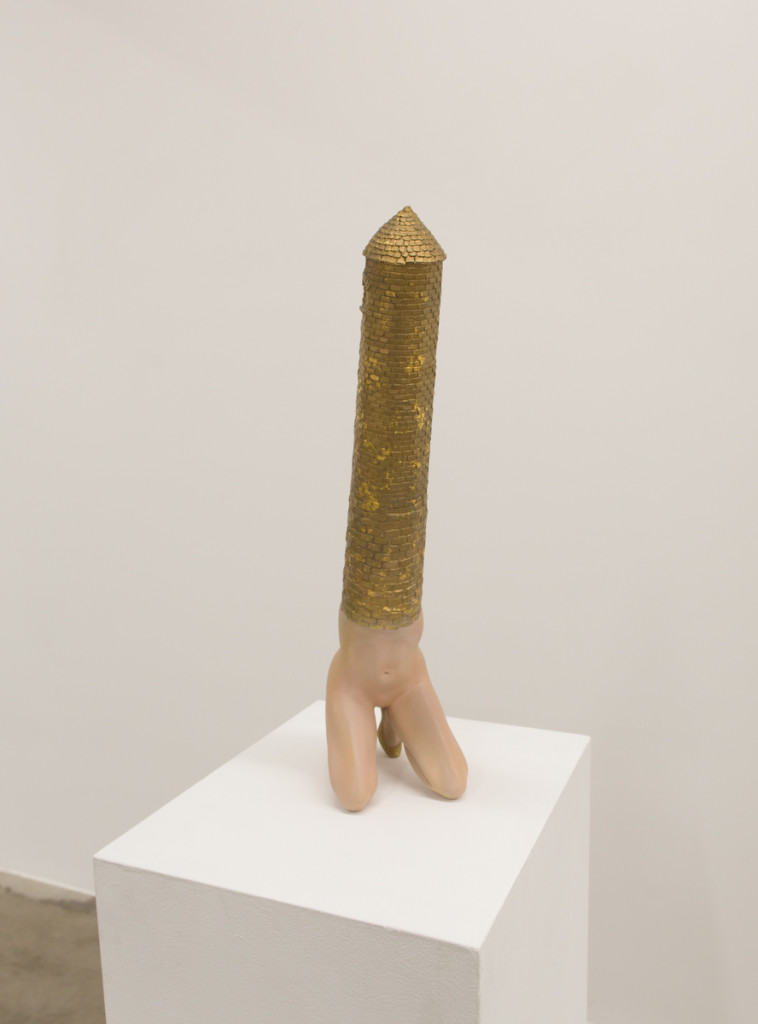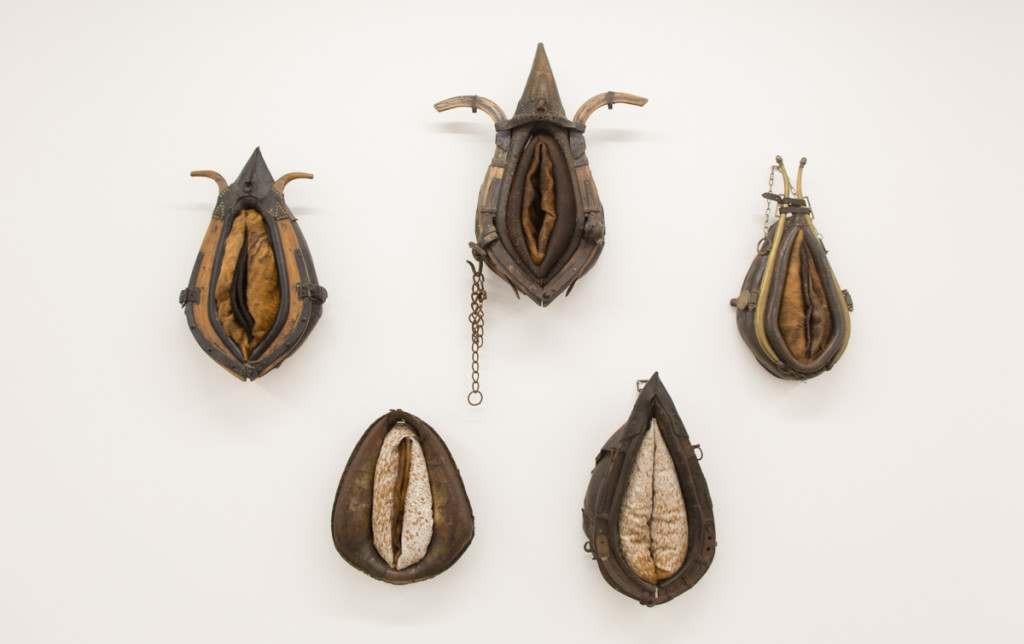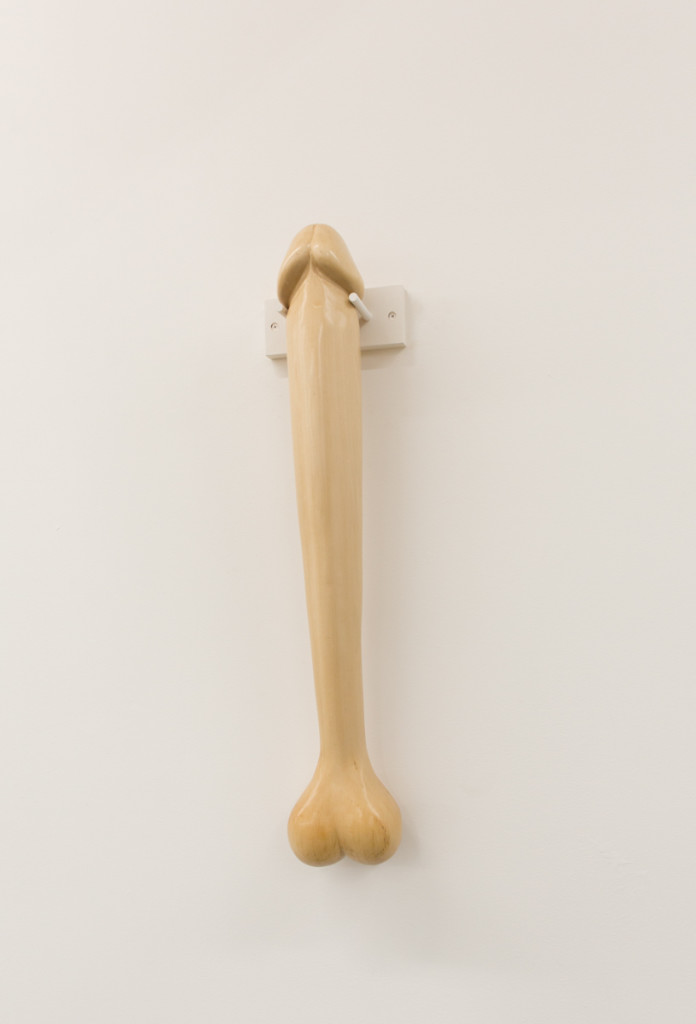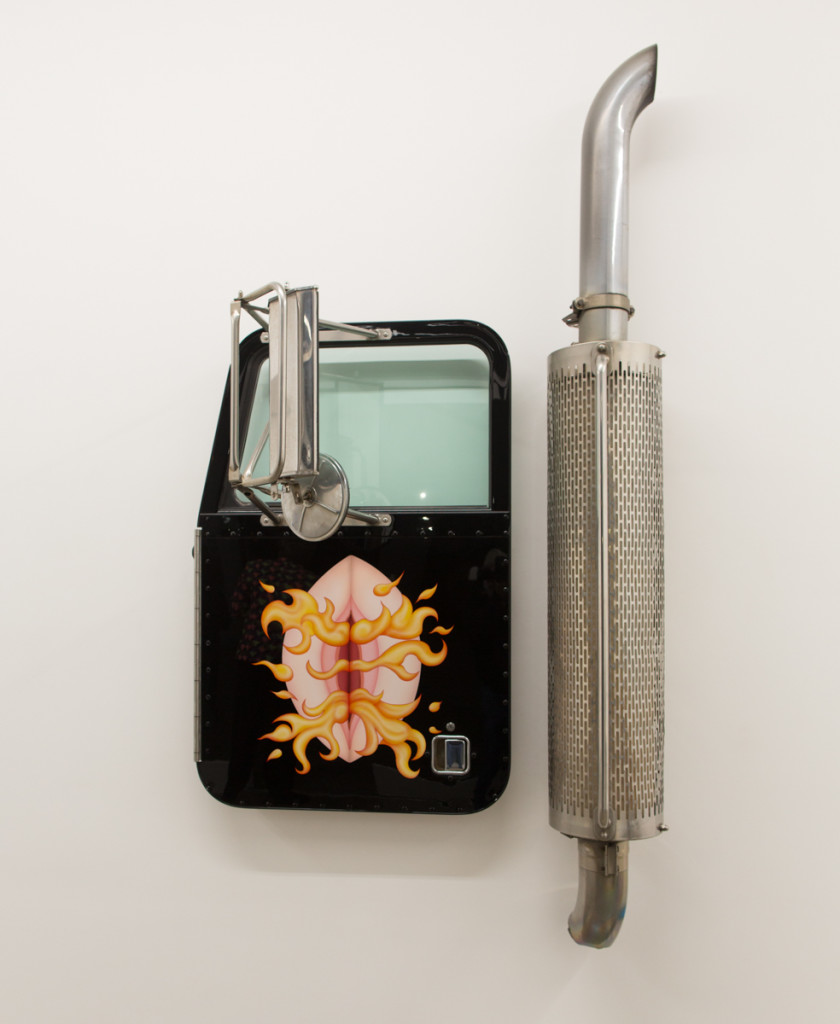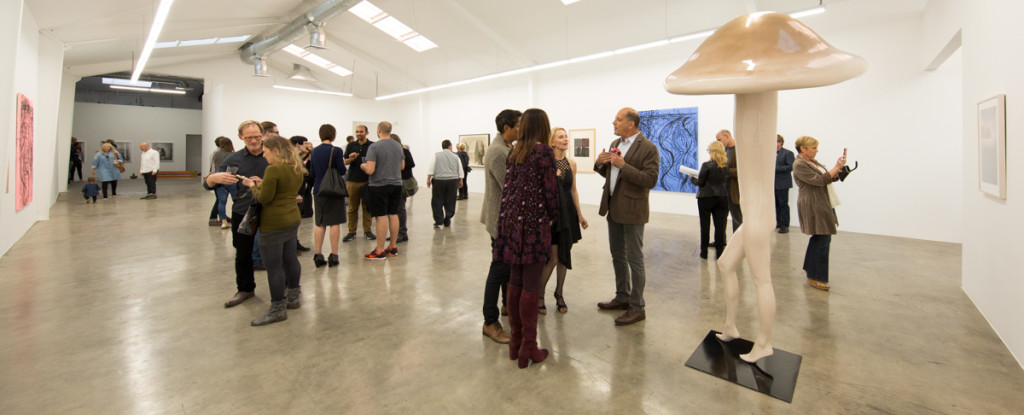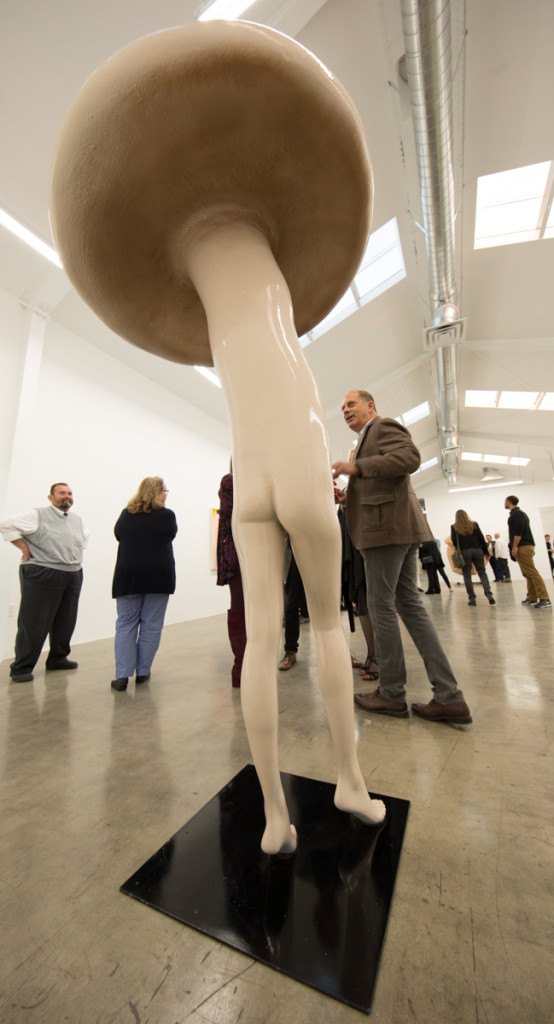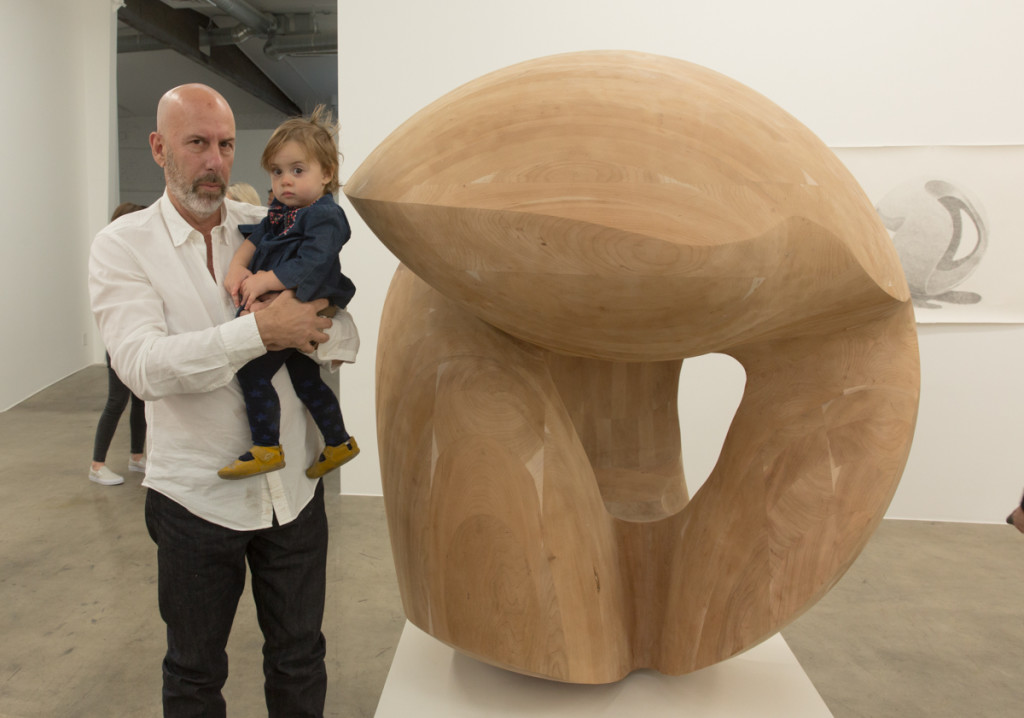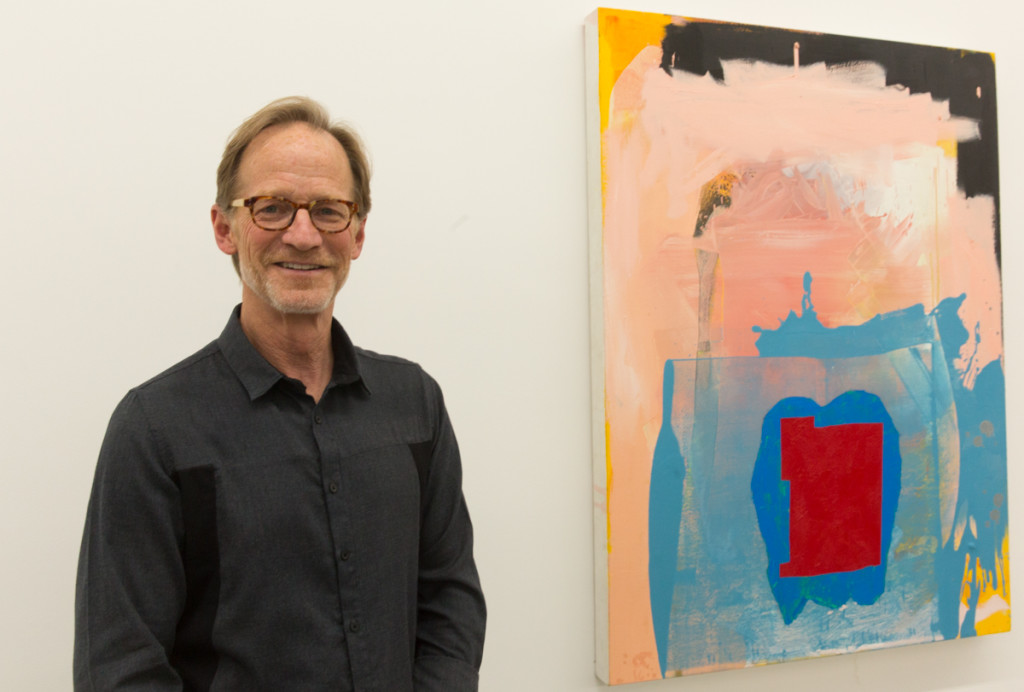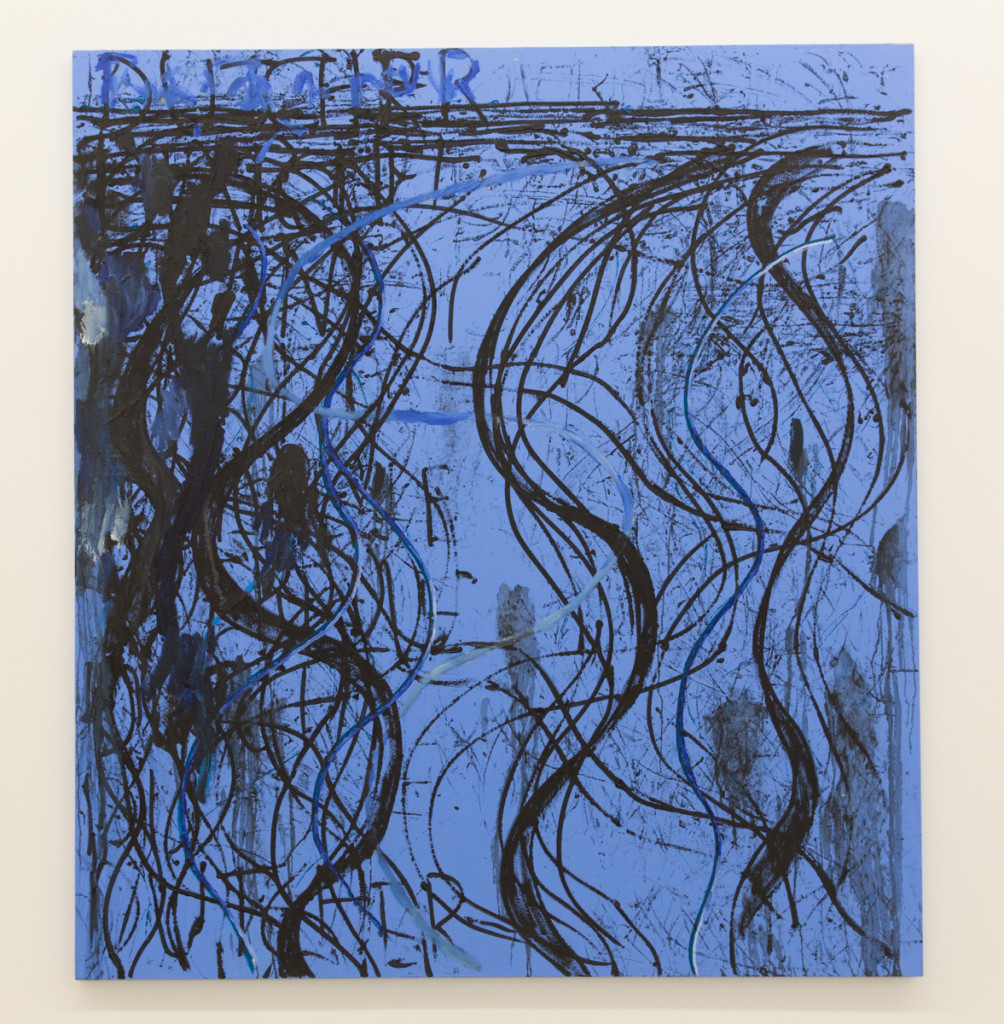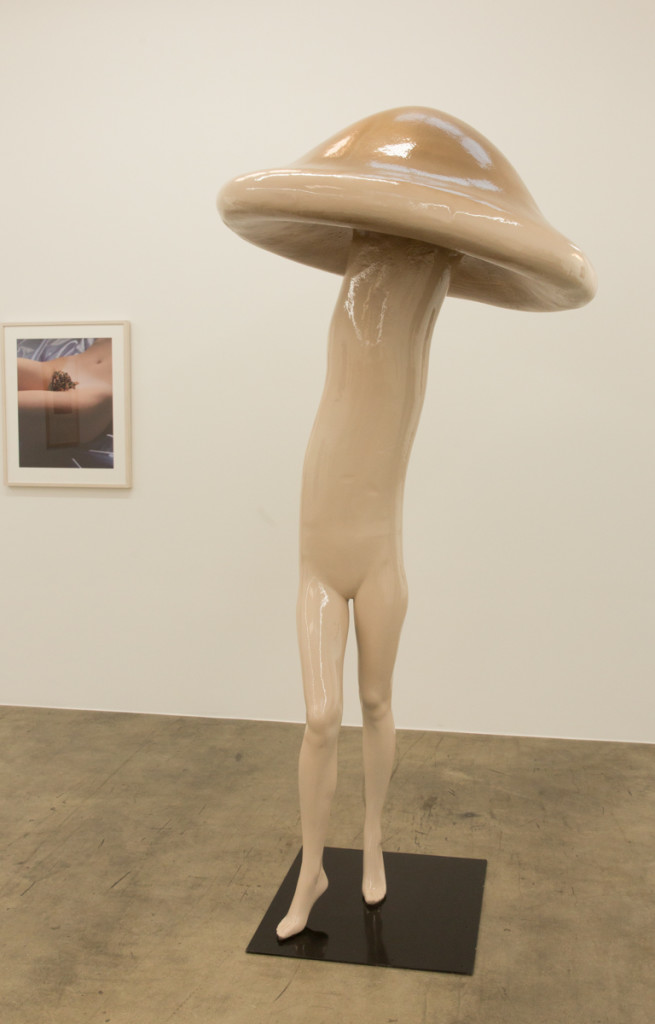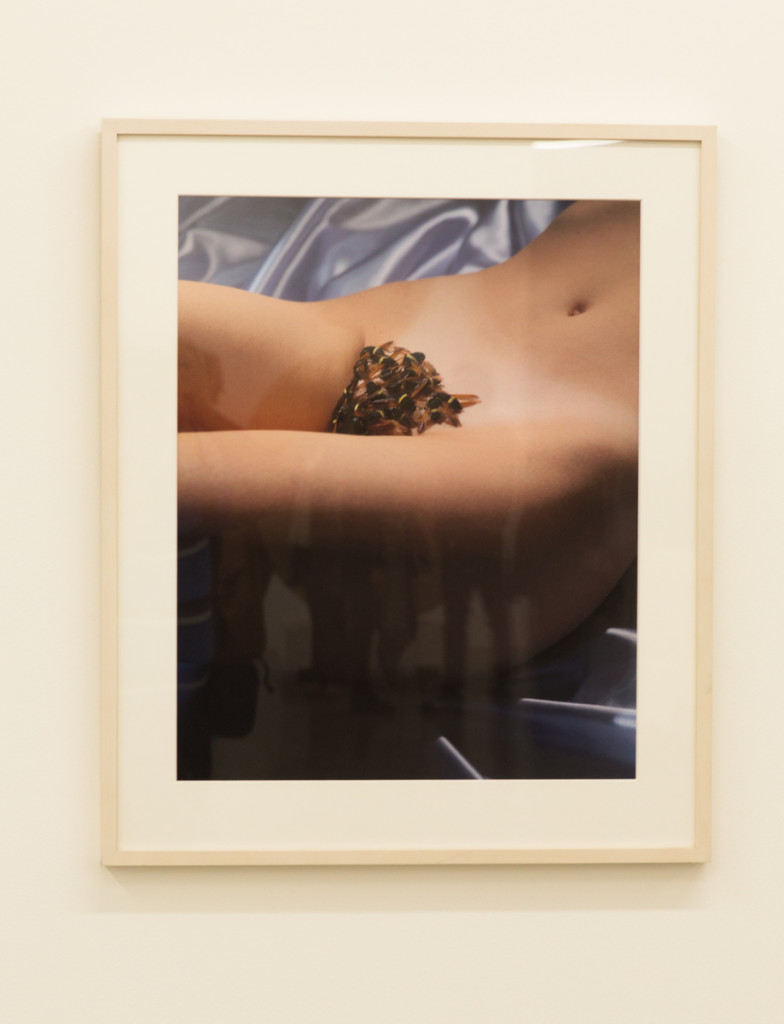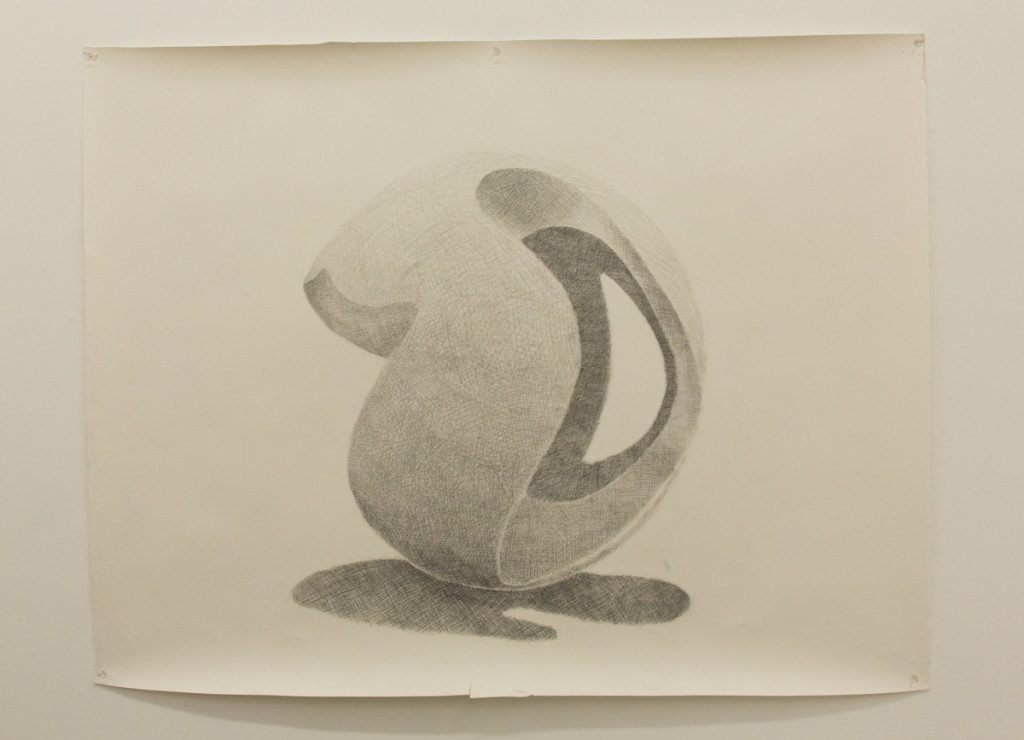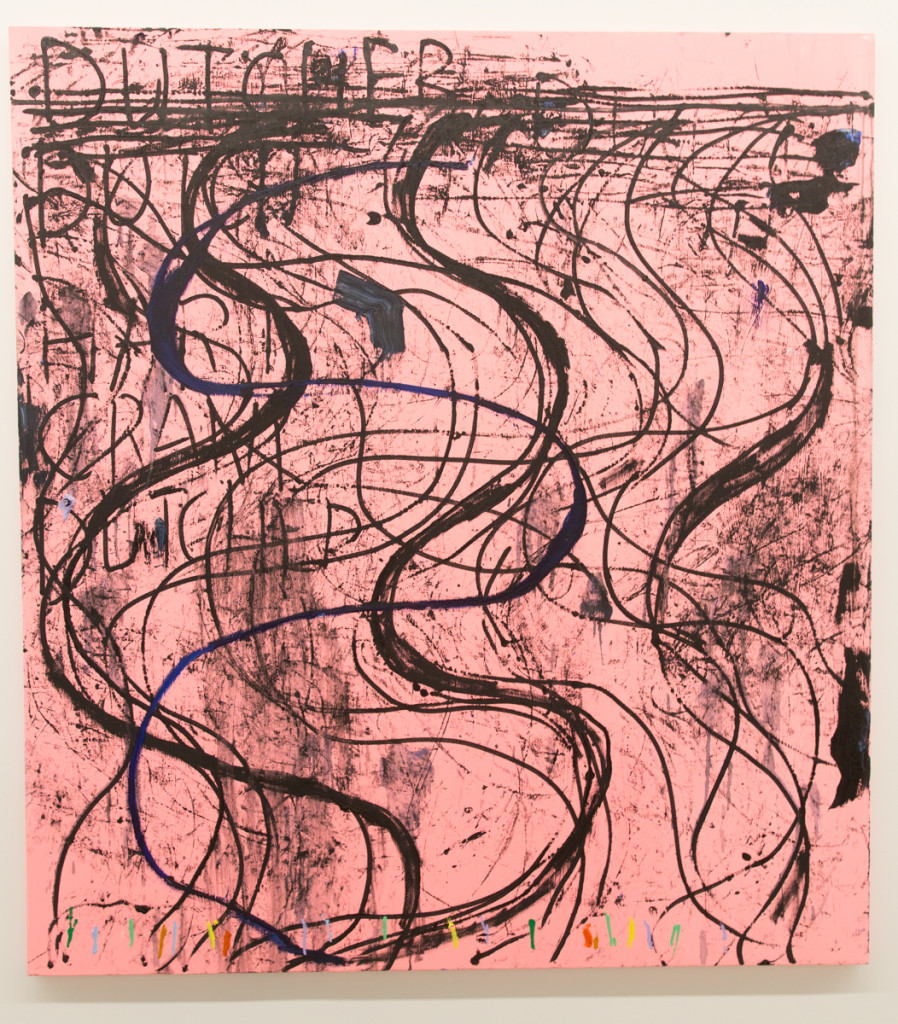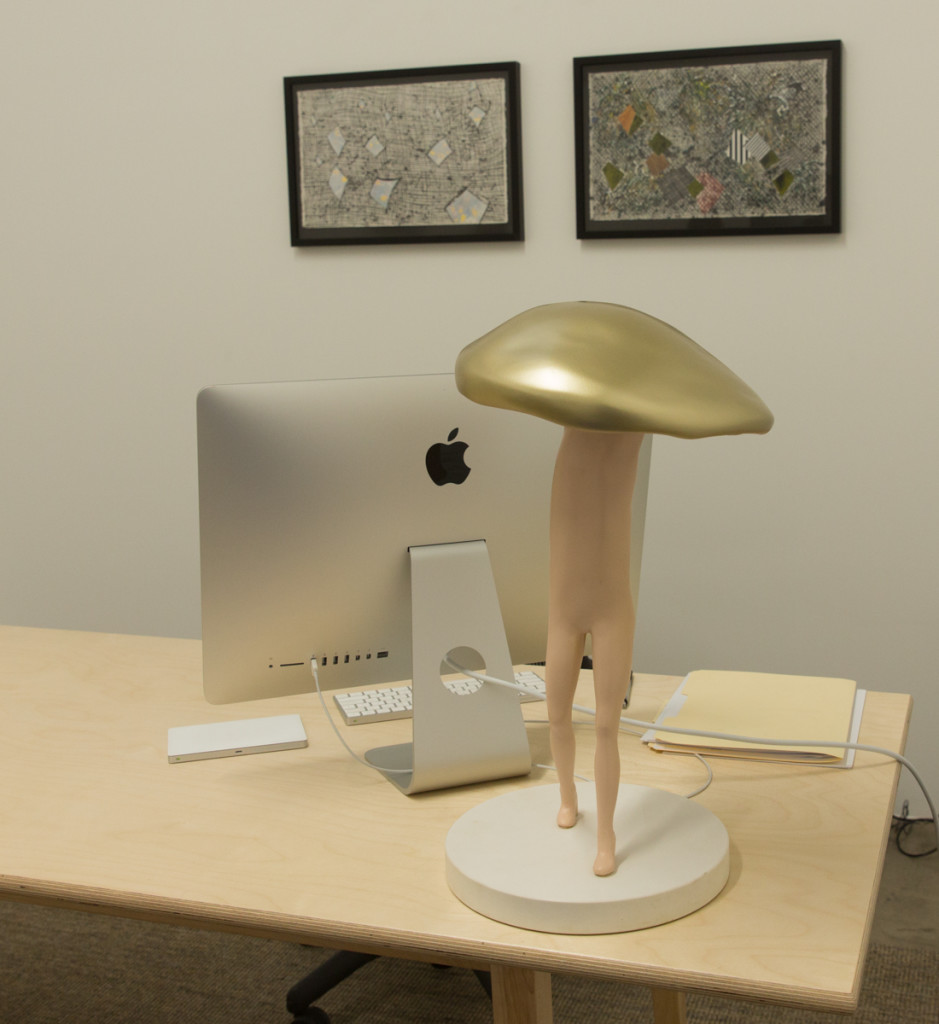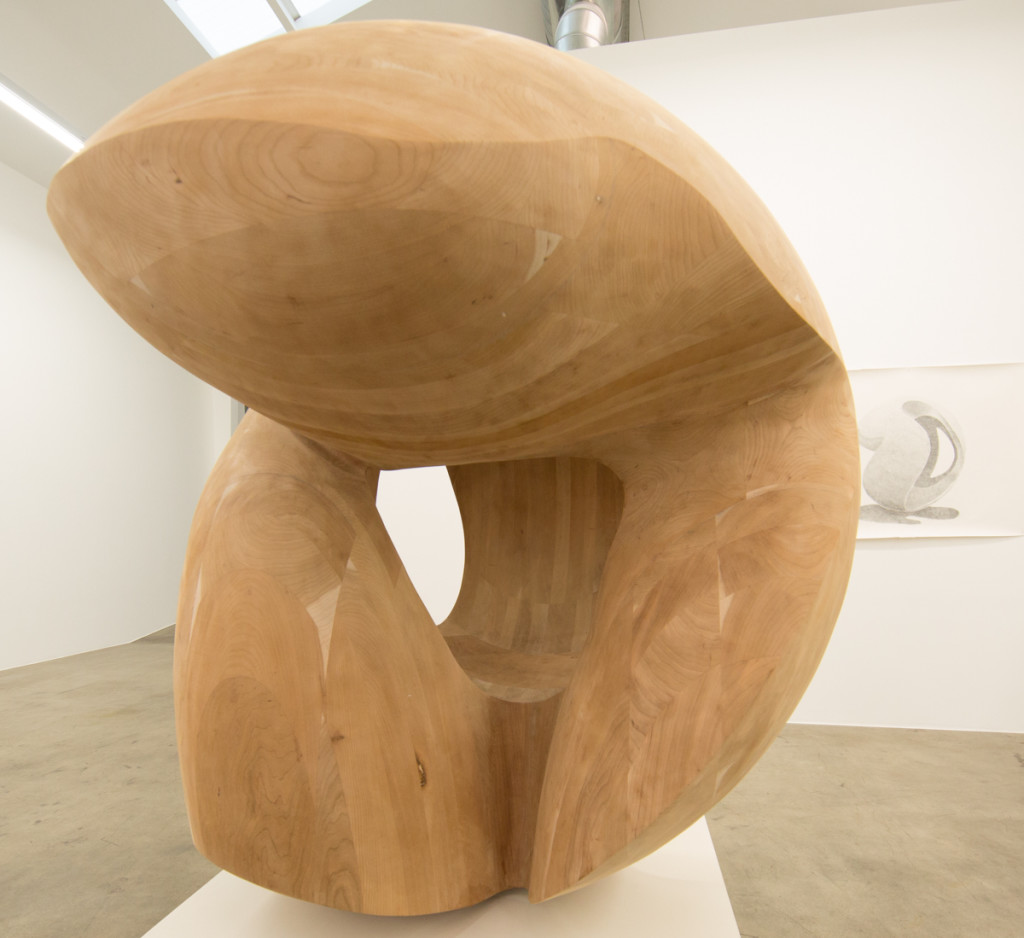In a time with the word “border” fraught with intended socio-political context, to have a show that exceeds conventional borders is inspiring both artistically and thematically. Opening October 26th at Jason Vass, Frontiers, from artists Tadashi Moriyama and Rachel Pease is a dramaticly lovely series of works created in ink.
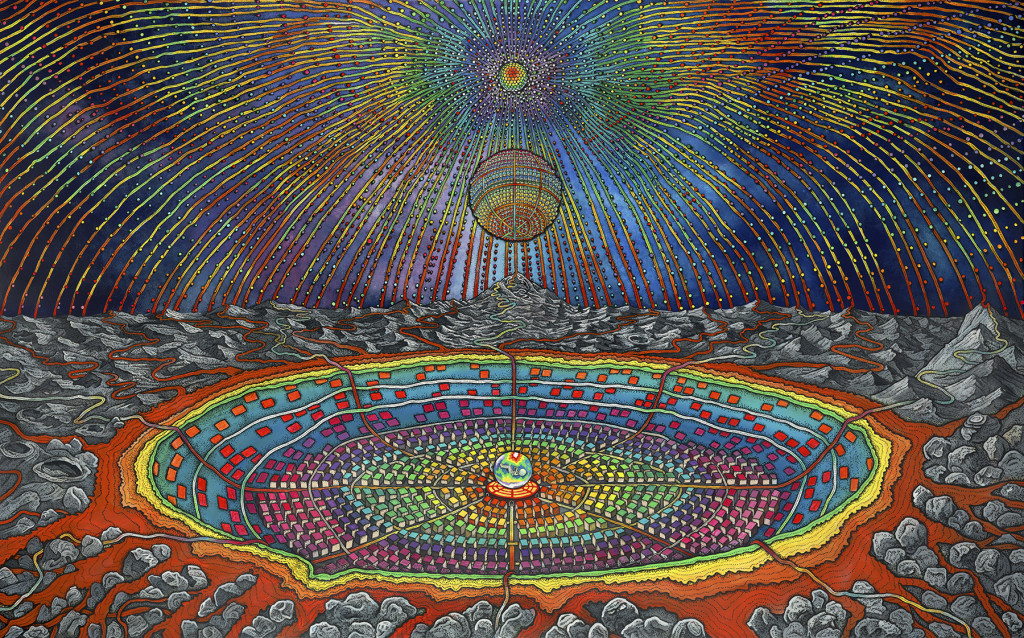
The rainbow colors of Moriyami’s works are aglow, and seem to shift and shimmer. They have the look of a tapestry, one woven of ink.
The artists are married, and moved to Los Angeles from New York, the quintessential journey to a Western frontier. But while the images could be taken as a look at their new physical landscape, it also revolves around their own brave new world in parenting, and a destination as yet not fully realized — the ongoing discovery process – of their art.
According to Moriyama “We look for the unknown and unexplored, and attempt to make images that are new to us, and give us unexpected and serendipitous surprises.”
Moriyama’s ink works are stretched on wood, and created with acrylic as well as ink. Their are buildings and ubran grids as well as seemingly interstellar environments. He references, subverts, and transcends images of Tokyo and New York, traveling into dreamscapes and a realm of other planets and space. A background in Japanese calligraphy is evident, as is the transcendent spirituality in his practice of Zen Buddhism. His otherworldly images are in part an outgrowth of meditation.
They swirl and spin, taking the viewer on a journey infused with movement, into which some figurative elements appear as if seeking a place within this brilliantly colored, seething world.
Pease focuses her India ink on frosted mylar works on elaborate, magical riffs on the land and forests that surrouned her as she grew up in rural Indiana. Many of her works begin with an image of a tree that she uses as a kind of portal into a landscape that is mystical and fantastical. There is both grace and elegy in her work, a tribute to a landscape that perhaps never was, or is in danger of disappearing from imagination and reality.
The grace and stillness of Pease’s work is captivating; it compels viewers to enter into a forest of great beauty and strangeness.
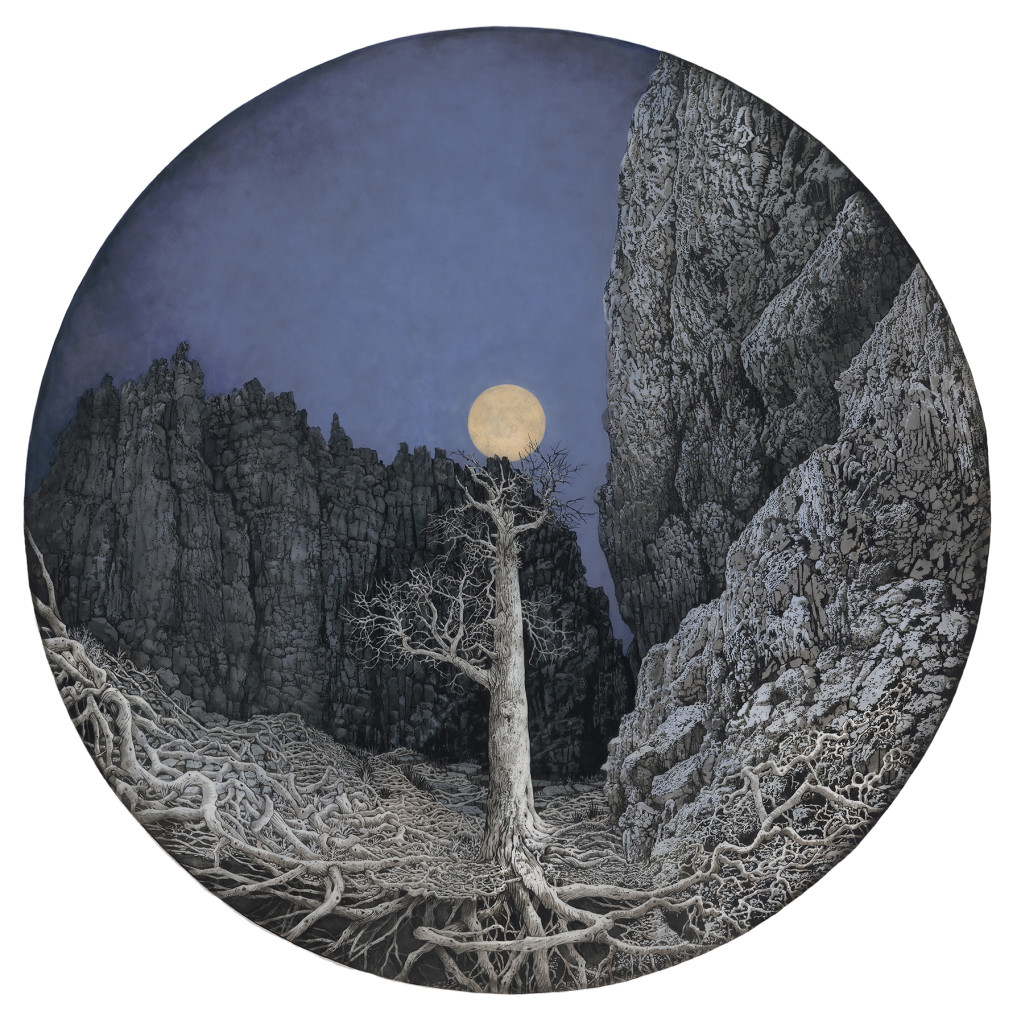
Viewers will find each work an immersive experience, and find a sense of the alchemic in each of these intricately realized and vibrantly alive images.
The exhibition opens October 26th, reception from 5 to 8 p.m. Jason Vass is located at 1452 E. 6th Street in DTLA.
- Genie Davis; photos provided by gallery




